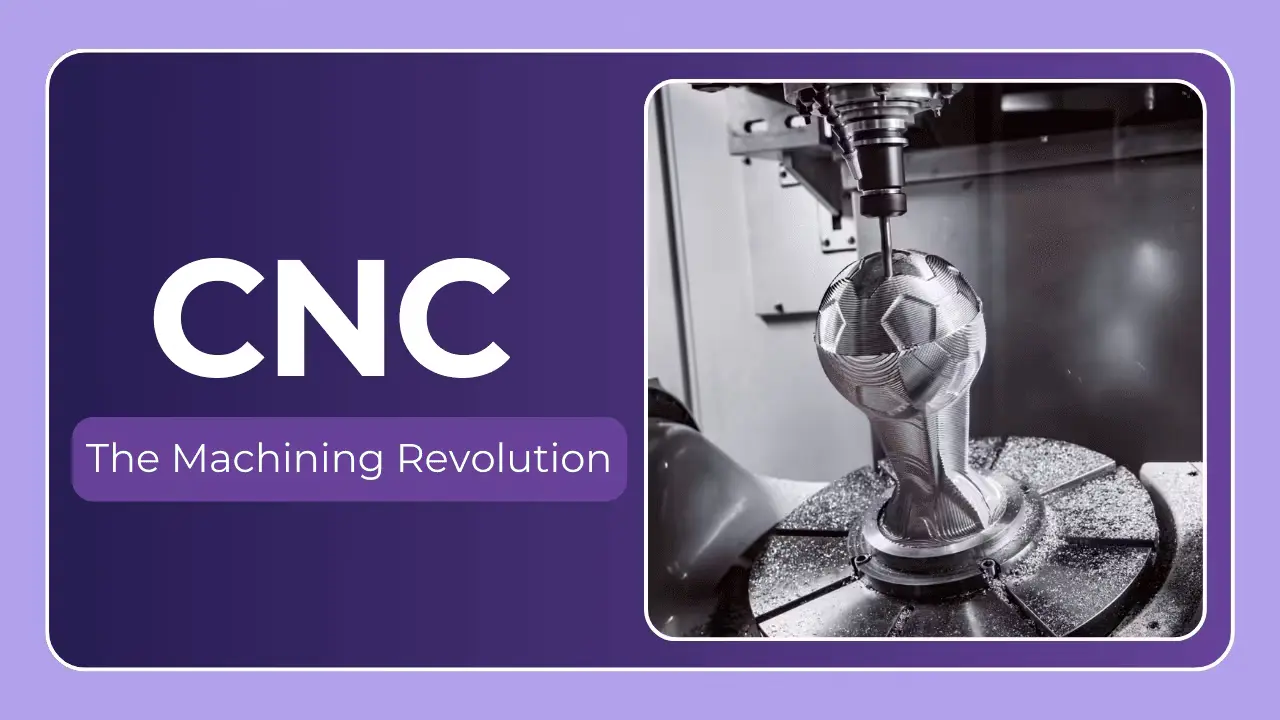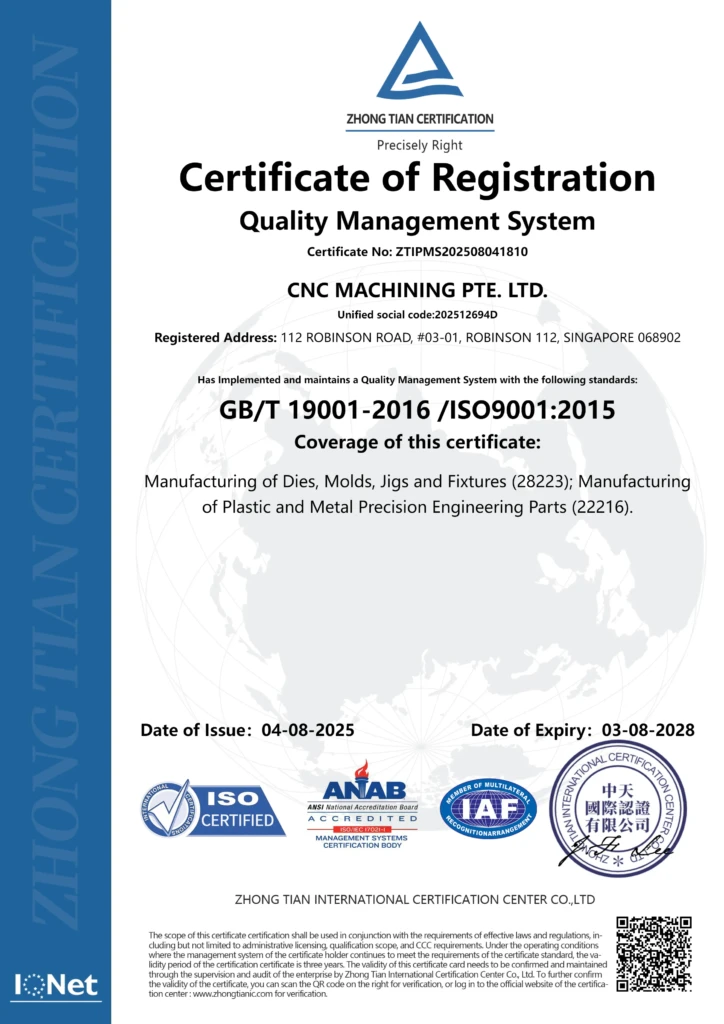Diving into the World of CNC Wood Routing: A Beginner’s Guide
Woodworking has undergone a massive transformation in recent decades, and at the heart of that evolution lies CNC (Computer Numerical Control) technology. Specifically, CNC wood routing has become indispensable for both hobbyists and professional manufacturers. It offers precision, repeatability, and complexity previously unattainable with traditional methods. But where do you start? This guide will demystify CNC wood routing, covering the basics from machine types to materials, design considerations, and essential techniques.
What is CNC Wood Routing?
At its core, CNC wood routing is a subtractive manufacturing process. This means material is removed from a solid piece of wood (or wood composite) to create a desired shape. Unlike manual routing, a CNC machine uses computer-controlled cutting tools (typically routers, but sometimes also drills, engraving tools, or even lasers) to follow a pre-programmed toolpath. That toolpath is generated from a digital design, often created in CAD (Computer-Aided Design) software. The machine meticulously moves the cutting tool across the workpiece, precisely carving out the final product.
Types of CNC Wood Routing Machines
The market offers a diverse range of CNC routers, each suited to different needs and budgets. Here’s a breakdown of common types:
| Machine Type | Typical Applications | Price Range (SGD) | Pros | Cons |
|---|---|---|---|---|
| Desktop CNC Routers | Hobby projects, small signs, prototyping, model making. | $1,500 – $10,000+ | Affordable, compact, easy to learn. | Limited work area, lower power, typically slower. |
| Benchtop CNC Routers | Larger hobby projects, small furniture components, detailed carving. | $5,000 – $20,000+ | Increased work area compared to desktop models, more power. | Still relatively limited in size and capacity. |
| Industrial CNC Routers | Production runs, large furniture parts, sign making, intricate designs. | $20,000 – $100,000+ | High power, large work areas, fast cutting speeds, excellent precision. | Significant investment, requires specialized training, larger footprint. |
| 5-Axis CNC Routers | Complex 3D shapes, sculpted designs, aerospace components (with appropriate materials), intricate art pieces. | $50,000 – $250,000+ | Unmatched flexibility and complexity, can cut on multiple sides without repositioning. | Very expensive, steep learning curve, complex programming. |
Choosing the Right Material
While "wood" is in the name, CNC routers can handle a variety of materials. Here’s a look at popular choices and their characteristics:
- Softwoods (Pine, Fir, Cedar): Easy to cut, affordable, good for prototyping and less demanding projects. Prone to dents and scratches.
- Hardwoods (Oak, Maple, Walnut): More durable, beautiful grain patterns, require more powerful machines and sharper tools. Can be more challenging to cut cleanly.
- Plywood: Stable, affordable, readily available. Quality varies greatly; marine-grade plywood is ideal for outdoor projects. Can suffer from splintering during cutting.
- MDF (Medium-Density Fiberboard): Highly stable, smooth surface, paints well. Produces a lot of dust and isn’t water-resistant. Excellent for painting and detailed work.
- Acrylic & Plastics: Can be routed (with appropriate tools and settings), used for sign making, decorative elements.
- Aluminum Composite Material (ACM): Increasingly popular for signage, durable and weather-resistant. Requires specialized tooling.
The CNC Workflow: From Design to Finished Product
The process of CNC wood routing typically involves these steps:
- Design (CAD): Create your design using CAD software (e.g., Fusion 360, AutoCAD, Vectric Aspire). Designs are built as vector graphics – essentially, mathematically defined lines and curves.
- CAM (Computer-Aided Manufacturing): Convert the CAD design into a file format the CNC machine understands (typically G-code). CAM software (e.g., Vectric VCarve Pro, ArtCAM) generates the toolpaths – the precise instructions for the router to follow. This includes defining:
- Tool Selection: Choosing the appropriate router bit for the material and desired cut. (See "Router Bits Explained" below)
- Cutting Speed (Feed Rate): How fast the router moves across the material.
- Spindle Speed (RPM): How fast the router bit spins.
- Depth of Cut: How much material is removed with each pass.
- Cutting Strategy: How the router moves – climb milling, conventional milling, pocketing, contouring, etc.
- Machine Setup: Securely clamp the wood workpiece to the CNC machine’s bed. Calibrate the machine and zero the axes (establish the starting point for cutting).
- Cutting: Load the G-code file into the CNC controller and start the cutting process. Never leave a CNC machine unattended during operation.
- Finishing: Remove the cut part from the machine, clean up any rough edges, sand, and apply any desired finish (paint, varnish, stain, etc.).
Router Bits Explained
Choosing the right router bit is crucial for a clean, accurate cut. Here’s a quick overview:
- Straight Bits: General-purpose cutting. Used for pockets, slots, and outlining shapes.
- Spiral Bits (Upcut & Downcut): Provide cleaner cuts, especially in plywood and MDF. Upcut bits pull chips upward (good for pocketing), downcut bits push chips downward (good for edge finishing).
- V-Bits: Used for engraving, V-grooves, and creating decorative patterns.
- Ball Nose Bits: Ideal for 3D carving and creating rounded edges.
- Flush Trim Bits: Used with a template to create identical parts.
Essential Safety Precautions
CNC wood routing can be dangerous if proper safety measures aren’t followed:
- Wear Safety Glasses: Protect your eyes from flying debris.
- Use Hearing Protection: CNC routers are loud!
- Dust Collection: Wood dust is flammable and can be harmful to your lungs. Use a dust collection system.
- Emergency Stop: Know where the emergency stop button is and how to use it.
- Secure Workpiece: Ensure the wood is firmly clamped to prevent movement during cutting.
- Never Reach Into the Cutting Area: While the machine is running.
Troubleshooting Common Issues
- Burning: Reduce feed rate, increase spindle speed, or use a sharper bit.
- Splintering: Use a downcut spiral bit, reduce feed rate, or apply masking tape to the cutting area.
- Poor Accuracy: Check machine calibration, verify G-code, and ensure the material is securely clamped.
- Bit Breakage: Use the correct bit for the material, decrease feed rate, and ensure the bit is properly installed.
Conclusion: Embracing the Future of Woodworking
CNC wood routing is a powerful tool that can unlock a world of creative possibilities. While the initial learning curve can be steep, the benefits – precision, repeatability, and the ability to create complex designs – are well worth the effort. From hobbyists crafting personalized gifts to professional manufacturers producing high-volume components, CNC technology is transforming the woodworking landscape.
As you delve deeper, remember to prioritize safety, continually refine your skills, and explore the vast resources available online. If you find yourself needing complex precision machining or rapid prototyping for your projects, consider leveraging professional CNC machining services like those offered by CNC MACHINING PTE. LTD in Singapore. Their advanced five-axis capabilities and one-stop post-processing solutions can take your projects to the next level. Their expertise ensures high-quality results, even for challenging materials and intricate designs, allowing you to focus on innovation and bringing your vision to life.




